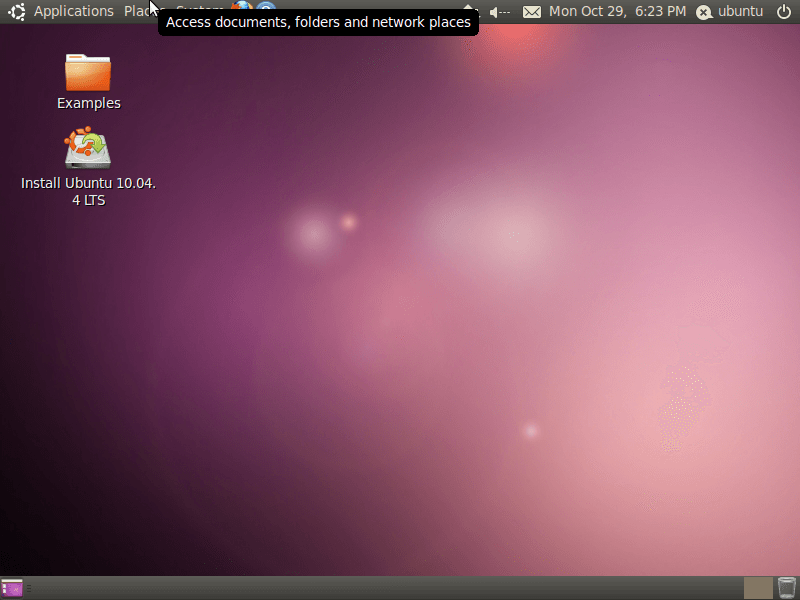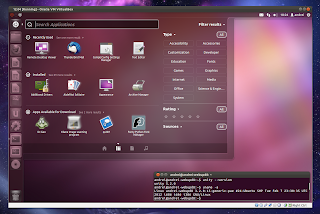
Step 12: Now when Ubuntu 12.04 reboots it'll GO NUTS cause the xorg driver is out of wack.

When this happens click on Machine->Reset (Host+R), it'll continue it's reboot.

Step 11: Ubuntu will finishing it's install and say you need to Restart then after you hit Restart it'll hang on a terminal screen. Step 10: Answer questions asked by the dialogs to suit your fancy and click Continue (hopefully your mouse does not dissappear while trying to do this, if it does, guess your way around it) (recommend you select Log On Automatically)

Step 9: Click Download updates while installing & Install this third-party software Step 8: Inside the VM select Install Ubuntu Step 6: Change the System Boot Order to Hard Disk, CD/DVD-ROM, no Floppy Step 5: Change the Storage to where the Ubuntu 12.04 iso is located Step 4: Change the Display to say 128 MB and enable 3D Acceleration Step 3: Create a virtual hard drive of about 20 GB FIXED SIZE, this will greatly reduce the lag you'd experience using Dynamically Allocated virtual disk. Your Linux will be slowed down significantly due to the Linux swap file. Step 2: Set yourself about 2 GB of memory, anything less than that is pointless. Step 1: Click the New icon, type in the name of the Ubuntu iso ubuntu-12.04.2-desktop-i386 Study what he did BUT pay attention to the changes I did to get it working smoothly. Run VirtualBox and use this page as a guide, however there are a few changes from what he does that you need to do to get it working properly

I can't imagine how well it'll work on a SSD drive that I'll pick up a little while later.ĭownload and install VirtualBox for OS X follow instructions to do that.ĭownload a iso 32 bit version of Ubuntu 12.04 (do not get the 64 bit version, do not get 12.10)įind a good place to put your Virtual VMs, I use a directory VirtualBOX VMs off my home directory New 27" Apple iMac i7 3.4GHz 8GB 1TB 72 THIN 2GB 680MXĪnd I just spent the last two days trying out VirtualBox and after a few rough starts it works fantastic.


 0 kommentar(er)
0 kommentar(er)
